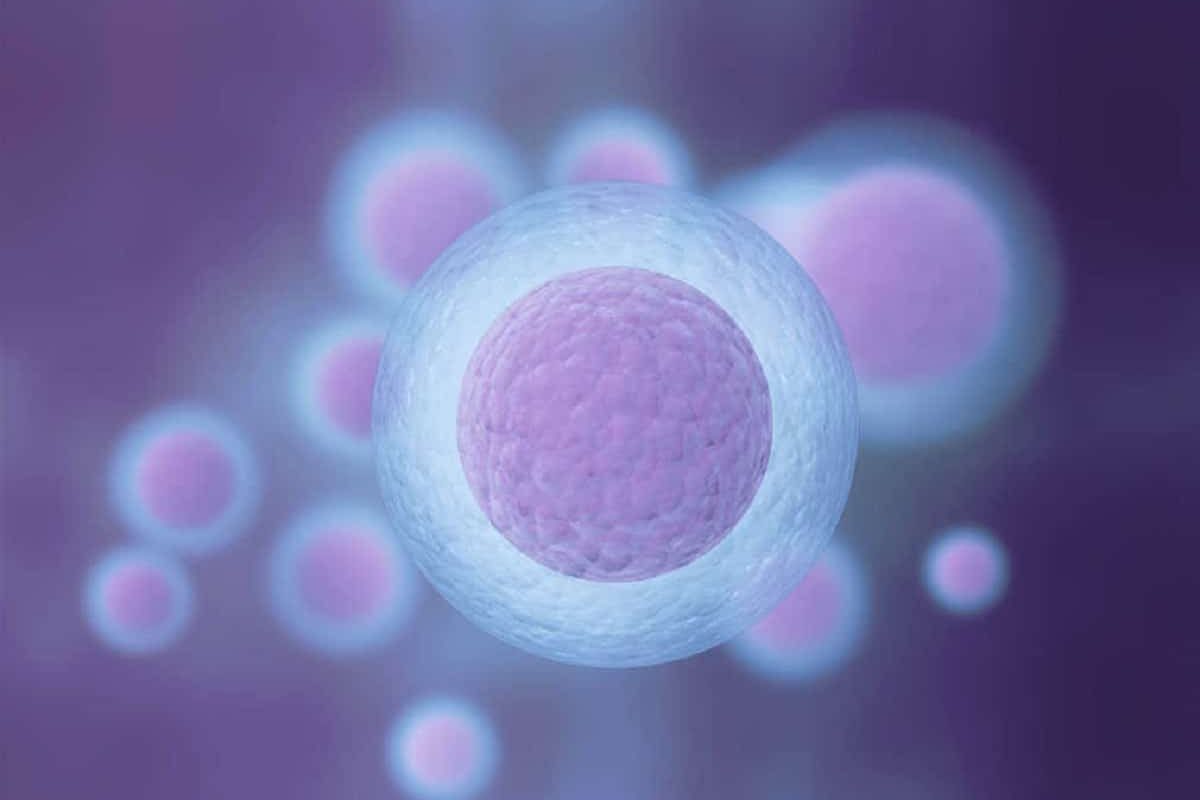I am going to address a subject that perhaps no one has ever clearly explained to you, the menstrual cycle and its effects on health and body composition. The menstrual cycle is a hormonal process that a woman’s body endures every month in order to prepare for a possible pregnancy. All the hormones involved in this process are important for both mood and health.
The menstrual cycle
The menstrual cycle comprises two cycles that work in tandem: the ovarian cycle (changes in the egg) and the endometrial or uterine cycle (changes in the uterus). The brain is in charge of coordinating both the ovaries and the endometrium so that they work together. How is this coordination achieved? Thanks to the hypothalamus-hypophysis-gonad axis.
The hypothalamus is a gland found in the brain and is responsible for managing and maintaining communication between the different parts (ovaries and endometrium) by releasing a series of hormones. In turn, the ovaries and the endometrium inform the hypothalamus of what is happening so that it can send the corresponding signals, thus producing a communication chain between the brain and the reproductive system through certain hormones. In other words, the hormones are the messengers that make everything work correctly.
First of all a few concepts should be clarified:
The ovaries are the warehouses containing the eggs. Women are born with a definite number of eggs, which will decrease as they are used in each menstrual cycle. Throughout life, a woman releases about 500 mature eggs. Once the ovarian reserve is depleted, the ovaries stop producing estrogens and the menopausal phase begins. This happens around the age of 50.
The endometrium is the outer layer of the uterus, which grows and develops for a potential pregnancy. On the other hand if a woman does not become pregnant the endometrium flakes off, giving rise to menstruation.
The menstrual cycle begins on the first day of bleeding and ends when the next period begins.
The follicular phase (preovulatory phase) is the time elapsed between day one of the cycle and ovulation. During this phase, the egg prepares to get released, while the uterus prepares to receive a fertilized egg.
Ovulation is simply the release of the egg
The luteal phase (premenstrual phase) is the time elapsed between ovulation and the start of menstruation. This is the phase in which the body prepares for a potential pregnancy or to start the next menstrual cycle.
Can a woman’s menstrual cycle synchronize with the cycles of her friends, teammates, or family members? To this day it is not clear.
Several studies support this idea (pheromone theory), and others affirm that a possible synchronization is due only to chance and to the own alterations of the menstrual cycle of each woman.
So for the time being there is no scientific evidence to support this mechanism in humans, although this is still being researched since there are many women who claim observing changes in their menstrual cycles and cycle synchronization with their teammates or acquaintances.
Link: https://www.diariodenavarra.es/noticias/blogs/dn-running-dudas-consejos/2020/06/25/efectos-del-ciclo-menstrual-sobre-composicion-corporal-energia-salud-694100-3363.html
Date: June 26th, 2020
By: María Jáuregui López
Article written by María Jáuregui López (@dietistaeninsta), Pharmacy + Human Nutrition and Dietetics graduate from the University of Navarra, ID number NA396. She is passionate about Nutrition and is an advocate of a healthy lifestyle. Currently, she is part of the Javier Angulo team working as a Dietitian-Nutritionist at the Center “Esportrium Nutrición y Fisioterapia”
Nutrigenomics Institute is not responsible for the comments and opinions included in this article






